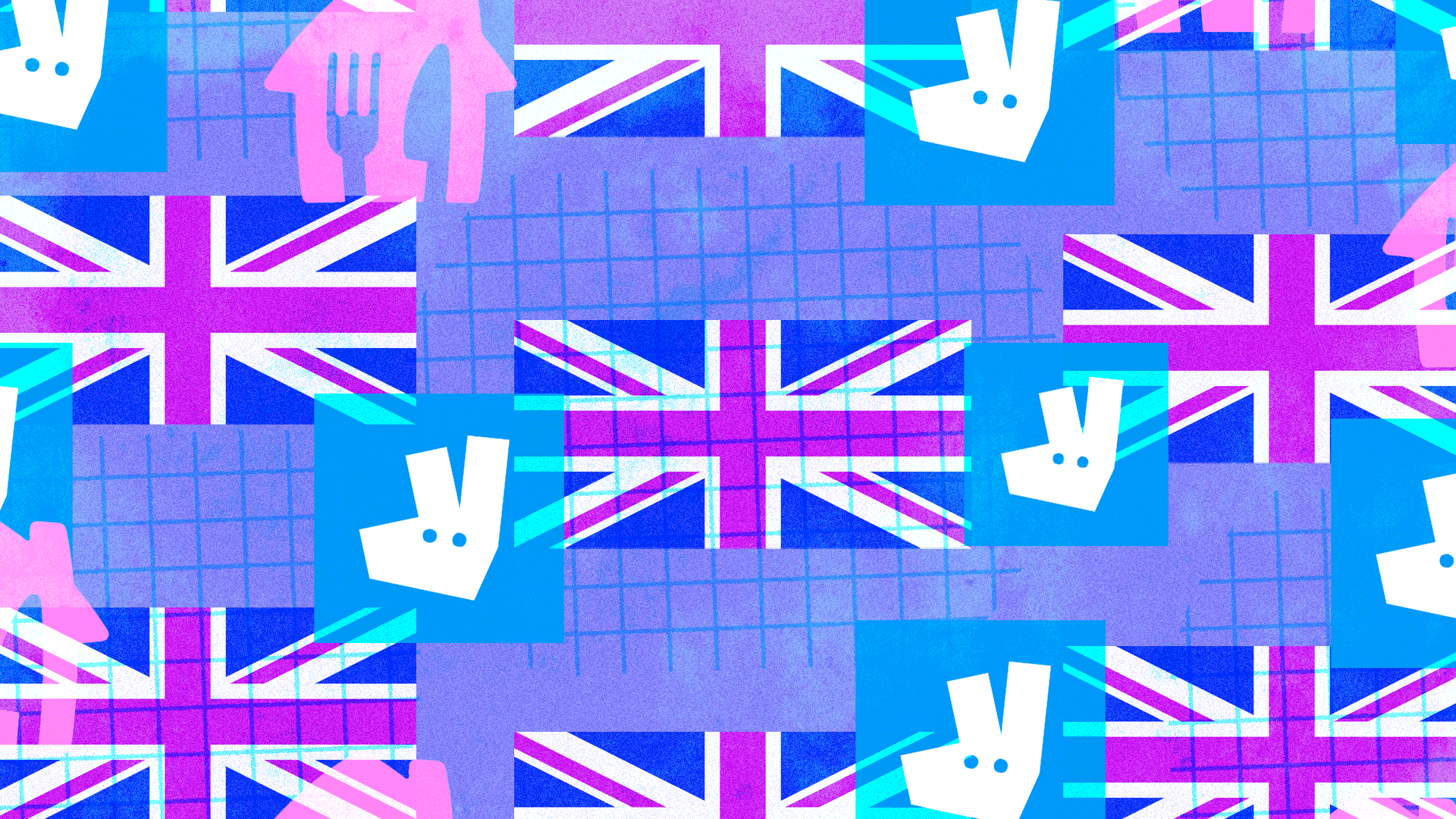Our appetite for delivered fast food saw a huge spike during lockdowns and the pandemic. However, new research suggests that the public never stopped, as numbers remain high years after COVID19’s peak.
Were you guilty of one too many takeaways during the pandemic?
It seems that many of us in the UK increased our junk food habits amidst lockdowns and COVID19 restrictions, with platforms such as Just Eat, Deliveroo, and Uber Eats enjoying a rise in orders during the pandemic.
Now, according to research by the Institute for Fiscal Studies (IFS), it seems that the public’s taste for high-calorie takeaway grub has endured well beyond social distancing. IFS suggests that food-on-the-go and meal delivery orders have remained above pre-2020 levels, even with restaurants re-opening and previous government schemes such as ‘Eat Out to Help Out’.
Data was analysed by thousands of consumers. IFS says that calorie consumption from takeaway food increased by over 50% at the height of COVID19 and has continued to stay high ever since; it seems more of us are opting for nights in rather than pubs and fine dining.
There is some concern that this change in habits could have long-term effects on the country’s health and weight. The UK already has notably high rates of poor health, with just under 64% of adults aged 18 or over estimated to be ‘overweight or living with obesity’.
The study was funded by the Obesity Policy Research Unit at University College London. It estimates that before the pandemic, UK adults consumed an average of 270 calories per week from takeaways. That number increased to 395 during 2020.




















